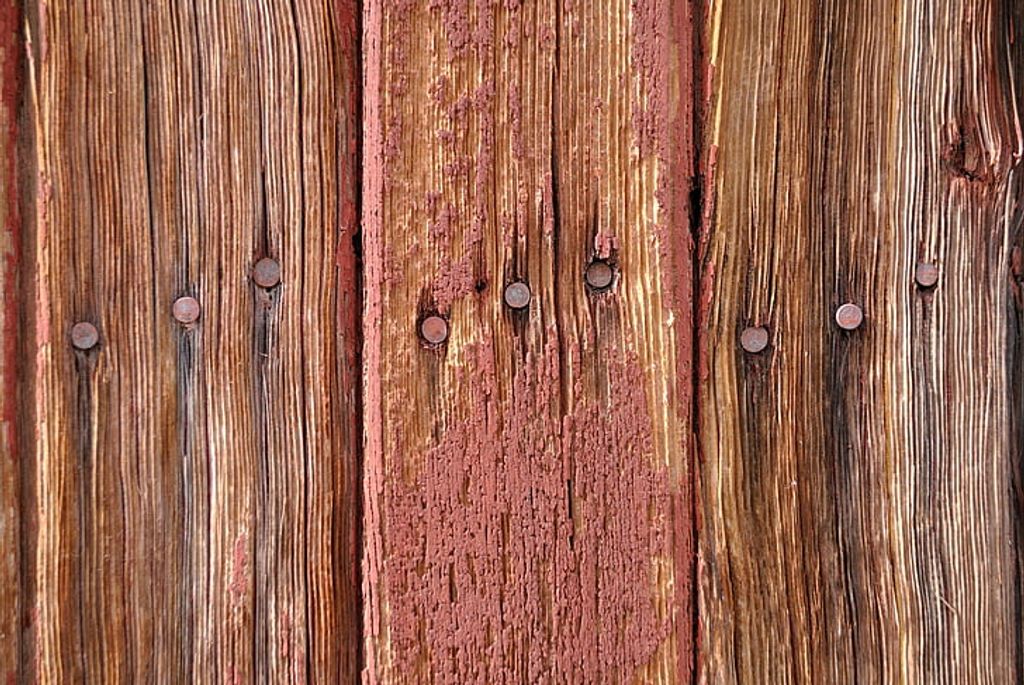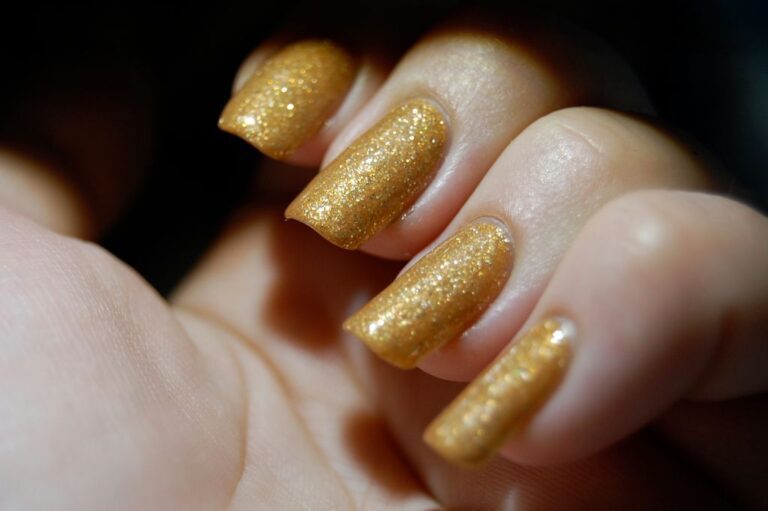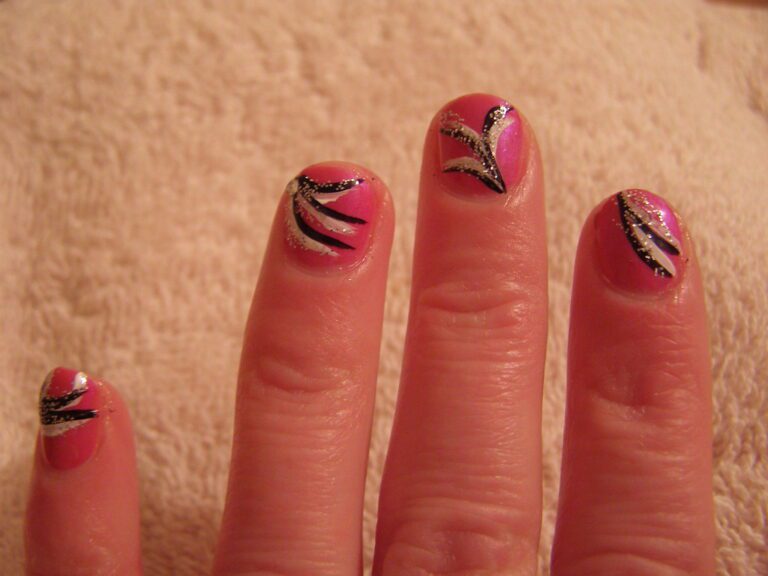“Morgantown Wonders: Exploring Nails in WV”
Morgantown, West Virginia, holds a rich historical significance in the nail production industry. From its early beginnings to modern innovations, the city has played a pivotal role in shaping the nail manufacturing landscape. This article aims to explore the cultural, economic, and historical impact of the nail industry in Morgantown, highlighting key takeaways from each section.
Key Takeaways
- Morgantown has a significant historical connection to nail manufacturing, contributing to the industrial revolution and preserving the legacy of nail craftsmanship.
- Innovations and sustainability practices in modern nail production have positively impacted the local economy and communities in Morgantown.
- The cultural impact of the nail industry in West Virginia is evident in Appalachian folklore, tradition, and the representation of nails in local art.
- Touring Morgantown’s nail heritage offers opportunities to explore historic nail factory tours, attend annual nail-making festivals, and participate in craftsmanship demonstrations and workshops.
- Exploring the nail industry in Morgantown provides a unique perspective on the intersection of history, culture, and economic development in West Virginia.
The Historical Significance of Nail Production in Morgantown

Early Beginnings of Nail Manufacturing
The inception of nail manufacturing in Morgantown marks a pivotal moment in the town’s industrial history. Craftsmen initially produced nails by hand, forging them one at a time in a labor-intensive process that required both strength and precision.
- Hand-forging nails was a skill passed down through generations, reflecting the artisanal heritage of the region.
- The use of local iron ore deposits was crucial, as it provided the raw materials needed for nail production.
- The evolution from hand-forged to machine-made nails was a significant advancement that increased production efficiency.
Remember, the transition from hand-forged to machine-made nails was not just a technological leap, but also a cultural shift that would lay the groundwork for Morgantown’s industrial future.
The early nail manufacturing efforts in Morgantown not only supplied the local needs but also set the stage for the town to become a notable player in the broader industrial landscape. The ingenuity and resourcefulness of these early manufacturers paved the way for future innovations in the nail industry.
Morgantown’s Role in the Industrial Revolution
As the Industrial Revolution swept through the United States, Morgantown, West Virginia, emerged as a pivotal player in the burgeoning nail industry. The city’s strategic location on the Monongahela River facilitated the transportation of raw materials and finished products, bolstering its economic growth.
Morgantown’s nail factories were among the first to adopt water-powered machinery, significantly increasing production capabilities. This technological leap was instrumental in meeting the nation’s growing demand for construction materials, particularly in the expansion westward. The city’s contribution to the nail industry not only fueled local employment but also played a crucial role in the development of the American frontier.
Preservation efforts in Morgantown today aim to honor this rich industrial heritage. Historical sites and museums offer a glimpse into the past, showcasing the ingenuity and hard work of those who laid the foundations for modern manufacturing in the region.
Preserving the Legacy of Nail Craftsmanship
The legacy of nail craftsmanship in Morgantown is a testament to the enduring artistry and skill of the local artisans. Preserving this legacy is crucial for maintaining the rich cultural heritage of West Virginia. One way to honor this tradition is through educational programs and museums that showcase the history and significance of nail production in the region. These institutions play a vital role in educating the public about the historical and cultural importance of nail craftsmanship in Morgantown and beyond. Additionally, they serve as platforms for promoting the value of traditional craftsmanship and its impact on local communities. Preservation of this legacy ensures that future generations can appreciate and learn from the rich history of nail production in West Virginia.
Modern Nail Manufacturing in Morgantown

Innovations in Nail Production
The nail production industry in Morgantown has seen a remarkable transformation over the years, with innovations driving efficiency and quality to new heights. Cutting-edge technologies have been integrated into the manufacturing process, leading to a significant reduction in production time while enhancing the precision of nail designs.
Automation has played a pivotal role in this evolution, with robotic systems now handling tasks that were once labor-intensive. This shift has not only improved production rates but also ensured consistent quality across batches. Moreover, the advent of new materials has led to the development of stronger and more durable nails, catering to the diverse needs of the construction and carpentry industries.
Embracing innovation is key to staying competitive in the nail production industry. Companies that invest in new technologies and materials can expect to see substantial gains in productivity and product quality.
The following list highlights some of the key advancements in nail production:
- Introduction of high-speed nail manufacturing machines
- Use of advanced metallurgical techniques to enhance nail strength
- Implementation of eco-friendly coatings to prevent corrosion
- Development of specialized nails for unique construction needs
- Adoption of data analytics for optimizing production processes
Sustainability Practices in the Nail Industry
In Morgantown, the nail industry has taken significant strides towards sustainability. Manufacturers are increasingly adopting eco-friendly practices to reduce their environmental footprint. Recycling of scrap metal, use of renewable energy sources, and implementation of waste reduction programs are just a few examples of how the industry is evolving.
- Recycling Initiatives: Many factories have implemented systems to recycle the vast amounts of metal offcuts produced during nail manufacturing.
- Energy Efficiency: Upgrades to machinery and processes have led to a decrease in energy consumption, with some factories utilizing solar panels or wind turbines.
- Waste Reduction: Efforts to minimize waste include optimizing material usage and improving production line efficiency.
Tip: When purchasing nails, look for brands that prioritize sustainability to support these environmental efforts.
These practices not only contribute to a healthier planet but also resonate with consumers who value eco-conscious products. Morgantown’s commitment to sustainable nail production is setting an example for the industry at large.
The Economic Impact of Nail Factories on Local Communities
The presence of nail factories in Morgantown has been a cornerstone for local economic stability. These factories not only provide direct employment opportunities but also contribute to the economic ecosystem through the support of ancillary businesses. The ripple effect of this industry can be seen in the increased demand for local services and goods, from raw materials to retail.
Nail manufacturing has become synonymous with economic growth in certain areas of Morgantown. The industry’s contribution to the local economy can be quantified in terms of job creation, tax revenue, and community development. Below is a succinct representation of the economic benefits brought by nail factories:
- Job creation in manufacturing and related sectors
- Increased tax revenue for local infrastructure
- Support for small businesses through increased local spending
- Investment in community projects and education
The economic vitality of Morgantown is, in part, a testament to the enduring impact of the nail industry. It’s essential for local leaders to continue fostering an environment that encourages the growth and sustainability of this sector.
Cultural Impact of the Nail Industry in West Virginia

Nails in Appalachian Folklore and Tradition
The role of nails in Appalachian folklore and tradition extends beyond their practical use in construction. These simple objects have been woven into the cultural fabric of West Virginia, serving as talismans and components in folk magic. Nails, particularly iron ones, are often associated with strength and protection. They are used in various rituals and are believed to ward off evil spirits or bring good fortune.
One Iron Nail, for instance, is a rusty square iron nail that finds its place in folk magic traditions, including the making of war water, a type of protective charm. Similarly, nails have been repurposed in everyday life, such as the use of roofing nails as sinkers for cane fishing poles or in the creation of homemade toys, reflecting the resourcefulness of the mountain people.
In some practices, nails are also employed in more malevolent forms of folk magic, intended to cause harm or wither someone’s well-being. This darker aspect of nail-related folklore is a testament to the powerful symbolism attributed to these objects within the Appalachian tradition. The cultural significance of nails is further explored in literature, such as Signs, Cures, and Witchery: German Appalachian Folklore by Gerald C. Milnes, which delves into the myriad ways nails intersect with local beliefs and customs.
The Nail as a Symbol in West Virginian Art
In the rich tapestry of West Virginian art, the nail has pierced its way into becoming a significant symbol. This humble object, often overlooked, carries with it a weight of historical and cultural meaning. Artists in the region have long used the nail as a metaphor for strength, resilience, and the enduring nature of human endeavor.
West Virginian artists have a tradition of incorporating local materials and symbols into their work, and the nail is no exception. It serves as a poignant reminder of the state’s industrial past, while also representing the connections that bind communities together.
- The nail’s representation of industrial strength is often juxtaposed with the fragility of the human condition.
- In sculptures and installations, nails can be seen holding together pieces of reclaimed wood, symbolizing reconstruction and unity.
- Paintings and murals may feature nails prominently, highlighting their role in building the very fabric of society.
Remember, the nail’s simplicity in form belies its complexity in meaning. It’s a powerful emblem of West Virginia’s heritage that continues to inspire artists today.
Educational Programs and Museums
The nail industry’s history in Morgantown is not only preserved in the physical remnants of factories but also through various educational programs and museums. These institutions serve as vital resources for those looking to understand the intricate history of nail production and its significance to West Virginia.
Museums offer a tangible connection to the past, showcasing original machinery, artifacts, and documents that tell the story of Morgantown’s nail-making heritage. Visitors can explore exhibits that detail the evolution of nail production techniques and the lives of the workers who powered this industry.
Educational programs, often hosted by local historical societies or technical schools, provide a more hands-on experience. These programs may include certificate courses in traditional metalworking, seminars on the history of industrialization in the region, and workshops for school groups. They aim to inspire a new generation to appreciate and perhaps even partake in the craft of nail-making.
Embracing the past through education ensures that the legacy of Morgantown’s nail industry will continue to be a point of pride and a cornerstone of local culture for years to come.
Touring Morgantown’s Nail Heritage

Historic Nail Factory Tours
Morgantown offers a unique opportunity to explore the historical significance of nail production. Visitors can immerse themselves in the craftsmanship and innovation that shaped the nail industry. The annual Nail-Making Festivals and Events showcase the artistry and skill of local artisans, providing an enriching experience for all attendees. Additionally, the Craftsmanship Demonstrations and Workshops offer a hands-on approach to understanding the traditional techniques and cultural impact of nail manufacturing in West Virginia.
Annual Nail-Making Festivals and Events
Morgantown’s annual Nail-Making Festivals and Events are a celebration of craftsmanship and heritage. Visitors have the opportunity to witness the artistry of nail production and engage with local artisans. The festivals showcase the rich history of nail manufacturing in Morgantown and its cultural significance in West Virginia. Attendees can participate in hands-on workshops, demonstrations, and interactive exhibits, immersing themselves in the tradition of nail craftsmanship. These events provide a unique experience for both locals and tourists, fostering a deeper appreciation for the art of nail production and its impact on the community.
Craftsmanship Demonstrations and Workshops
Craftsmanship demonstrations and workshops offer a unique opportunity to witness the artistry and skill that goes into nail production. Visitors can observe master craftsmen as they meticulously forge nails using traditional techniques, showcasing the time-honored craftsmanship that has defined Morgantown’s nail industry for centuries. These demonstrations provide a hands-on experience, allowing participants to gain a deeper appreciation for the intricate process of nail manufacturing. Additionally, workshops offer the chance to learn basic nail crafting skills and techniques, providing a glimpse into the art and precision required to create quality nails.
If you’re passionate about nail art and design, then Morgantown’s Nail Heritage is a must-visit destination. From the rich history of nail art to the latest trends and techniques, this article will take you on a journey through the fascinating world of nail culture. Whether you’re a nail enthusiast, a professional nail artist, or simply curious about the art form, NAILinspire.com is your ultimate online nail art design library. Explore a wealth of inspiration, tutorials, and resources to fuel your creativity and take your nail art to the next level. Visit NAILinspire.com today and unleash your inner nail artist!
Frequently Asked Questions
What is the historical significance of nail production in Morgantown?
The historical significance of nail production in Morgantown lies in its early beginnings as a hub for nail manufacturing, its pivotal role in the Industrial Revolution, and the ongoing efforts to preserve the legacy of nail craftsmanship in the region.
How has modern nail manufacturing evolved in Morgantown?
Modern nail manufacturing in Morgantown has seen innovations in production methods, a focus on sustainability practices within the industry, and a significant economic impact on local communities.
What is the cultural impact of the nail industry in West Virginia?
The nail industry has left a cultural impact in West Virginia through its presence in Appalachian folklore and tradition, its symbolism in West Virginian art, and the establishment of educational programs and museums dedicated to nail craftsmanship.
Are there opportunities to tour Morgantown’s nail heritage?
Yes, visitors can partake in historic nail factory tours, attend annual nail-making festivals and events, and engage in craftsmanship demonstrations and workshops to experience the rich nail heritage of Morgantown.
How can I learn more about the historical significance of nails in West Virginia?
To learn more about the historical significance of nails in West Virginia, individuals can visit educational programs and museums that showcase the cultural and historical impact of the nail industry in the region.
What are some ways the nail industry has contributed to the local economy in Morgantown?
The nail industry has contributed to the local economy in Morgantown through job creation, economic growth, and the establishment of sustainable practices that benefit the community and surrounding areas.








